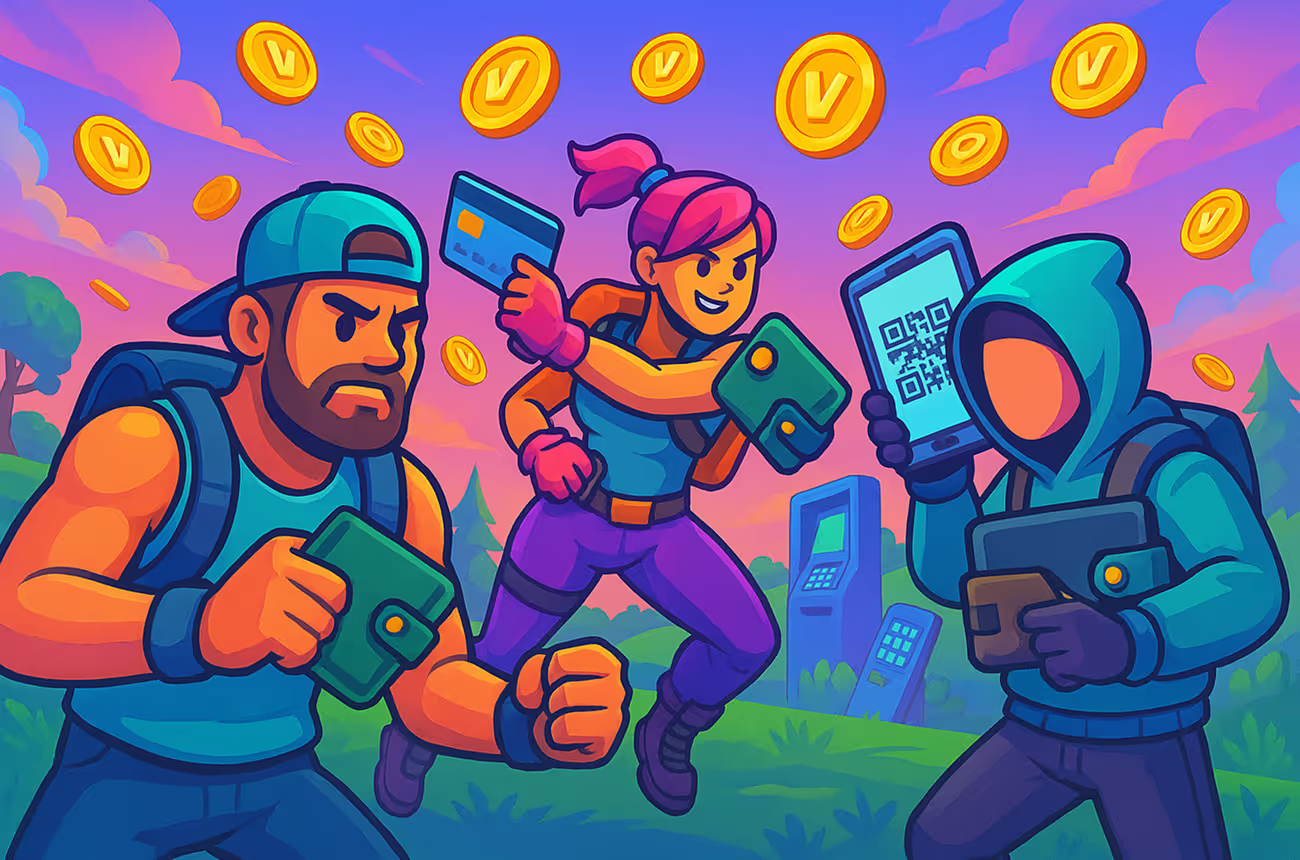Pagamentos da Netflix: a economia de assinaturas enlouqueceu
🎬 Pagamentos da Netflix: a economia de assinaturas enlouqueceu
Quando você nem paga mais, eles simplesmente cobram automaticamente.
Bem-vindo a 2025, onde as assinaturas se tornaram a nova forma de tributação.
Você não está inscrito em um serviço — você está inscrito no plano vitalício.
Música? Assinatura.
Armazenamento em nuvem? Assinatura.
Um assistente de IA que lembra você de cancelar assinaturas? Você adivinhou — assinatura.
E agora, nessa realidade infinitamente renovável e automática, a fintech percebeu: o mundo não paga mais — ele se inscreve.
💳 A economia de assinaturas perdeu o controle
O que começou como um plano simples de $9,99 da Netflix evoluiu para um ecossistema complexo de pagamentos recorrentes.
De acordo com a McKinsey, o consumidor médio em 2025 tem até 27 assinaturas ativas — e muitos nem sabem o que estão pagando.
Não fazemos mais transações — apenas deixamos nosso dinheiro vazar silenciosamente.
As empresas de fintech veem isso como uma mina de ouro.
Os processadores de pagamento se transformaram em “motores recorrentes” onde as cargas mensais fluem automaticamente — com o mínimo de atrito e máxima retenção.
Porque quanto menos você se lembrar de um pagamento, mais tempo continuará pagando.
🧠 Magia comportamental: como eles treinam você para continuar pagando
O modelo de assinatura não é apenas uma estratégia de negócios.
É um arma de retenção psicológica.
A UX foi projetada para tornar o cancelamento quase impossível:
- o botão “cancelar” está escondido com três telas de profundidade,
- os e-mails de confirmação chegam “dentro de 48 horas”
- e depois de cancelar, eles oferecem “1 mês grátis” — e você fica preso novamente.
A fintech é diretamente cúmplice disso.
Cobrança automatizada, “nova tentativa inteligente”, recuperação suave de declínio, renovações preditivas de cartões — tudo isso transforma transações únicas em fluxos infinitos de dinheiro.
⚙️ Pagamentos incorporados: a cola da nova economia
Estamos testemunhando uma fusão de duas tendências:
assinaturas + finanças incorporadas.
Em vez de uma assinatura, agora você tem um pagamento incorporado no próprio produto.
Convocar um drone para entregar seu café? Já lhe cobrou $2,49.
Experimente uma nova ferramenta de IA? Você foi cobrado durante o “teste gratuito”.
A fintech é a infraestrutura invisível que torna isso possível.
Plataformas como Stripe Billing, Adyen Subscriptions, GoCardless e Apple Pay Later estão criando a nova lógica padrão:
“Você não paga — você simplesmente continua usando.”
🧾 Quando as assinaturas se tornam uma armadilha da dívida
Mas aqui está o lado negro.
Fadiga de assinaturas é real.
As pessoas estão perdendo o controle de seu próprio dinheiro.
De acordo com a Intuit, 44% dos usuários não sabem quantas assinaturas ativas eles têm.
Os pagamentos recorrentes agora são a terceira causa mais comum de gastos orçamentários excessivos, depois de empréstimos e aluguel.
Alguns bancos estão introduzindo ferramentas “anti-assinatura” — alertas para serviços não utilizados e cancelamentos automatizados.
A ironia? A fintech agora está salvando pessoas da fintech.
🚀 O que vem a seguir
📈 Nos próximos anos, a economia de assinaturas atingirá a maturidade total:
- As assinaturas B2B SaaS se tornarão padrão até mesmo para bancos.
- Os pagamentos de varejo passarão totalmente para os modelos de “assinar e economizar”.
- O crédito evoluirá para “empréstimo como serviço”.
O mundo está mudando em direção a um modelo em que tudo é um serviço — e o dinheiro deixa de ser um evento.
💡 A Fintech eliminou o atrito, mas criou dependência.
As assinaturas facilitaram a vida, mas obscureceram a linha entre “pagar” e “esquecer”.
E se você já pagou para ter acesso,
hoje você paga para não ficar de fora.

Última publicação

August 25, 2025
Saiba como a UPI cresceu da ferrovia de pagamento local da Índia para uma potência global de fintech, remodelando as transações digitais e o comércio internacional.

October 1, 2025
Explore por que a redução pela metade do Bitcoin em 2025 é vista como o “momento dos Vingadores” da criptografia, remodelando mercados, aumentando a escassez e atraindo investidores globais.

September 23, 2025
Explore como a gamificação transforma pagamentos diários em experiências envolventes, usando recompensas, desafios e progresso para remodelar as finanças modernas.



